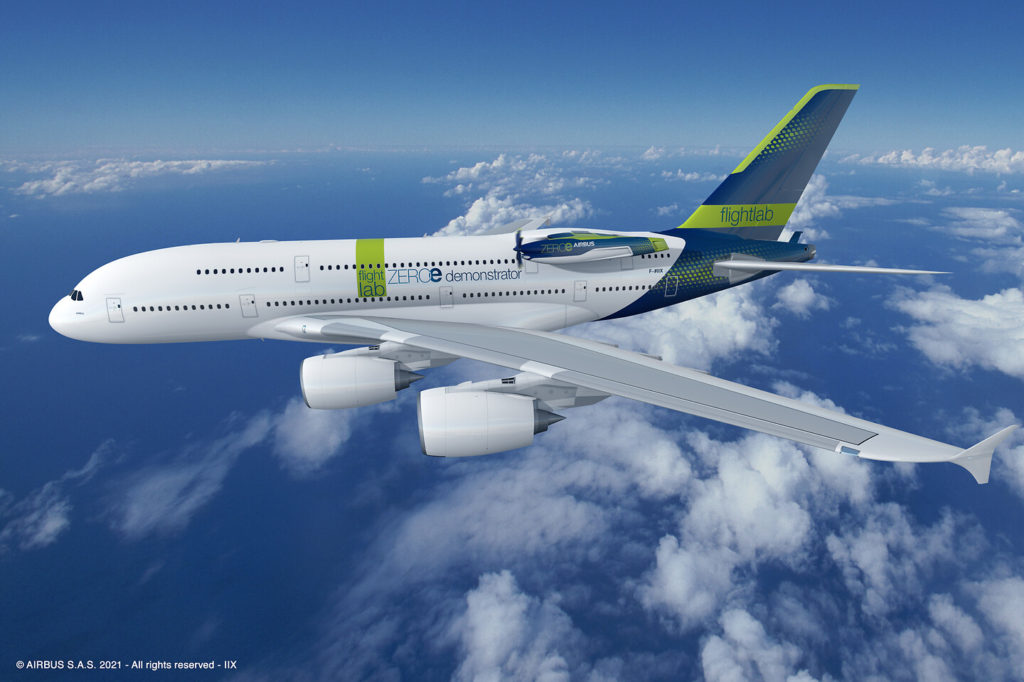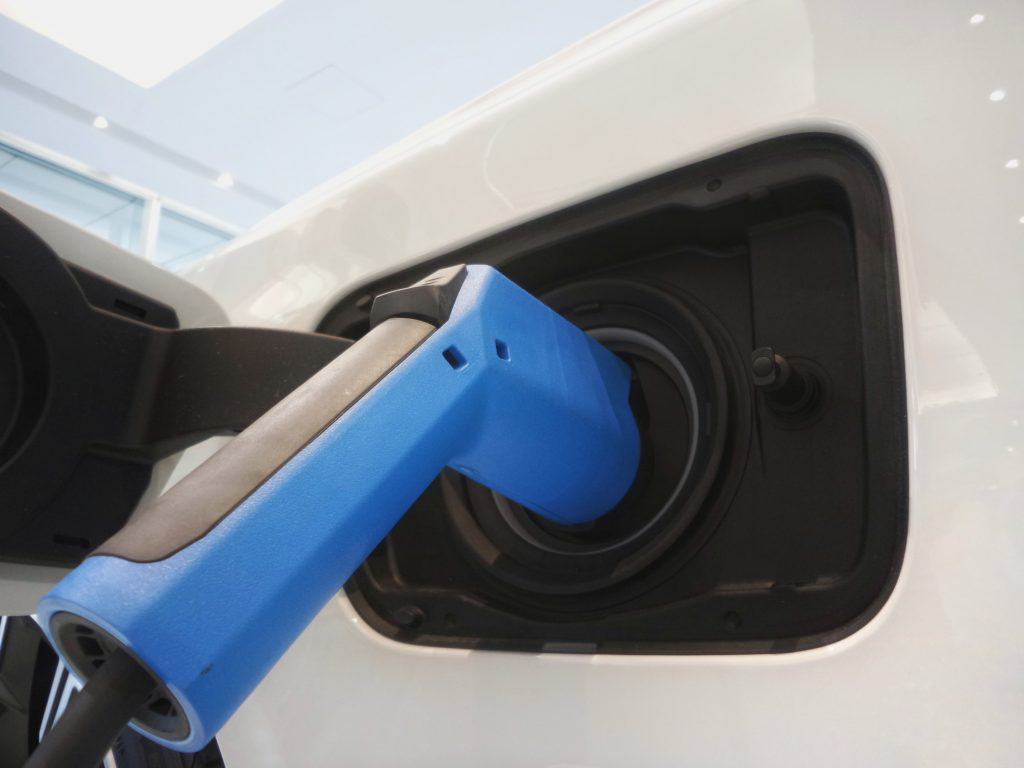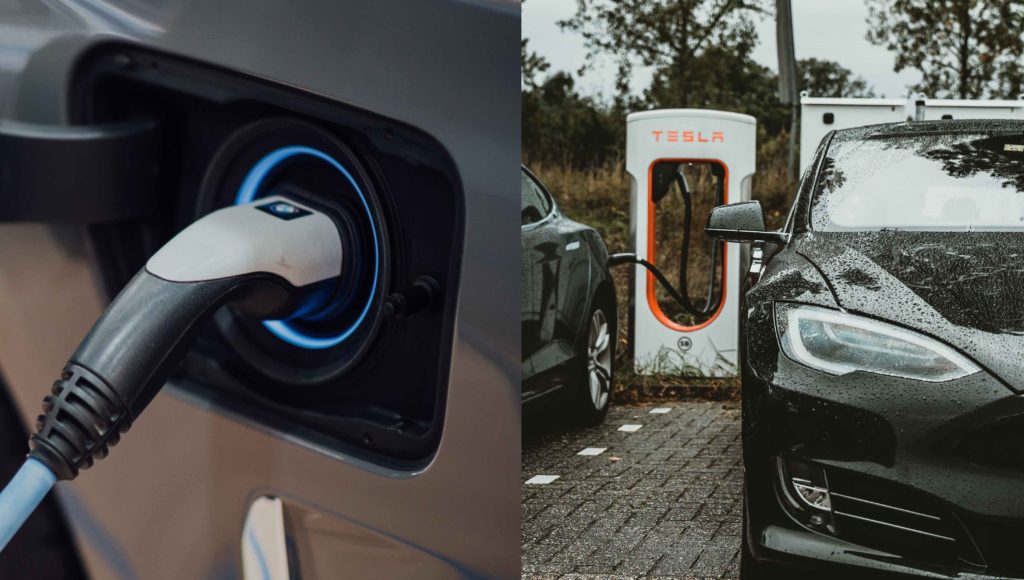Cover photo: Kevin Hackert on Unsplash
Aviation has been a pillar of modern life for over a century. But till now, planes have been using fossil fuels to fly to the skies and move from one latitude to another.
The demand for air travel is rising, bringing, of course, an increase in fuel consumption. The aviation industry is responsible for 2.5% of global CO2 emissions and this sector has been pressured to decarbonise itself.
With the ever-growing interest in sustainable energy sources, many are looking to alternatives such as hydrogen fuel cells, which are seen as a major step towards reducing green-house gases.
In recent years, there have been several efforts to develop planes that are energised by hydrogen fuel cells since, in the near future, travellers will prefer greener aeroplanes to those that create a vast quantity of pollutants.
Today’s Focus of Attention is reader-supported. We sometimes include products we think are useful for our readers. If you buy through links on this page, we may earn a small commission.
Airbus Unveils Plan for Hydrogen Fuel Cell Aircraft

In November 2022, Airbus, the French aviation giant, announced the development of a hydrogen-powered fuel cell engine and plans to test it on the largest commercial aeroplane ever – the A380.
This move is part of the Airbus ZERO initiative which aims to launch a zero-emission aircraft by 2035.
The company projects to place the engine between the wings and the tail of a modified A380 Superjumbo with the tests starting in 2026.
Airbus had previously revealed designs for aircraft using liquid hydrogen fuel and combustion engines in the past, but they provided only enough energy for small commercial jets.
Adjusting the previous experiment would let fuel cell turbines power a 100-passenger aeroplane with a range of approximately 1,000 nautical miles, said Glenn Llewellyn, VP Zero-Emission Aircraft, Airbus.
What are the Advantages and Disadvantages of Hydrogen-Powered Aeroplanes?
Hydrogen-powered aircraft offer several benefits over the traditional ones, including:
- More efficiency, as they can generate more power
- Less noise pollution; making them ideal for urban areas
- Reduced carbon footprint – no greenhouse gases
However, there are some drawbacks linked to them:
- Higher costs since they are more expensive than the fuel-powered ones
- More maintenance and security checks
- New infrastructure for the hydrogen stations
Besides, there’s much to learn about their safety and reliability as the hydrogen employed in the fuel cells is a very flammable gas.
Hydrogen still has a Long Way to the Top
For quite a while, hydrogen has been lauded as a sustainable alternative to traditional jet fuel, either as a combustible or to generate electricity.
It started in the mid-20th century, but the aviation industry has faced significant obstacles, mainly hydrogen’s low energy density compared to kerosene, and of course prices of the latter.
Another factor to consider is the infrastructure required to produce and distribute hydrogen.
This is a big concern that could affect the plans to introduce the hydrogen-powered aircraft by 2035.
Other companies have applied efforts and millions to create, test, and in a short time market hydrogen engines. One of them is Rolls-Royce.
The British company claims to have set a new aviation milestone with the world’s first run of a modern aero engine on hydrogen.
The Race to Decarbonise
Many countries around the world, mostly from Europe, have committed to remove carbon from their energy sources.
To achieve this goal, some nations are gradually increasing the use of hydrogen, which is gaining traction as dozens of governments have already published hydrogen strategies.
Hydrogen can store vast amounts of energy, replacing natural gas in industrial processes like in the production of steel, a big source of pollution, aside from powering trucks, trains, ships, or planes, besides emitting nothing but vapour of drinkable water.
However, it is not clear yet if the large-scale use of hydrogen is feasible.

Hydrogen cannot be harvested as a primary fuel; it has to be made. The water needs to be split into hydrogen and oxygen molecules using an electrolyser – so energy is necessary here.
The resulting product is labelled by colour depending on the process used to get the hydrogen.
Types of Hydrogen

Green Hydrogen
This one is obtained by applying electricity from renewable sources such as solar or wind power. The drawback is that those machines and electricity to run them remain costly. That is why green hydrogen makes up only 0.03% of global hydrogen production.
Grey Hydrogen
Derived from natural gas, or sometimes oil or coal, this type is cheaper to produce.The downside is that such a process generates 50% more CO2 than if natural gas were directly burned.
Blue Hydrogen
This relies on the same process as with Grey Hydrogen, but it captures between 60% and 90% of the carbon emitted, which is reused or stored. This type of hydrogen accounts for 0.7% of the overall hydrogen production.
Despite its environmentally friendly image and potential, producing hydrogen on a global scale is still in its nappies. But hope remains. Countries with intense sun rays want to drive electrolysers with sun power, while France, with nuclear power.
Hydrogen has its detractors. Elon Musk is one of them. In an interview with The Financial Times Musk called hydrogen “The most dumb thing I could possibly imagine for energy storage.”
Not everybody agrees with that. In fact, Toyota, Renault, and Hyundai are at the moment testing hybrid electric-hydrogen vehicles. If this technology scales up, costs will drop, and hydrogen might have a better position on the map.
An Example of the Successful use of Hydrogen
Germany is at the forefront of green energy with its new and first ever rail line entirely run on hydrogen-powered trains.

Fourteen trains moved by hydrogen are on the route in Bremervörde, in Lower Saxony.
These new trains, going at a top speed of 140kph, can move for an entire day on a single tank of hydrogen, a range of around 1,000 kilometres.
Hydrogen Fuel Cell vs Lithium-Ion Batteries

Photo by CHUTTERSNAP on Unsplash Photo by Andreas Dress on Unsplash
The debate over the use of hydrogen versus lithium-ion batteries as a source of renewable energy has been ongoing for some time.
Hydrogen fuel cells employ hydrogen and oxygen to produce electricity, but the process is quite costly. They can be refuelled in minutes, whereas it takes hours to recharge a lithium-ion battery.
On the other hand, lithium-ion batteries, the most common type in electric vehicles, store energy that then is used.
They have higher density, which means they store more power, but they are heavier.
Perhaps hydrogen could be more efficient than lithium-ion batteries in the near future since the industrial production of batteries requires more and special raw materials, forced labour, and not all of them are totally recyclable.
There are no winners or losers. Both are necessary and can provide health and environmental benefits.
The potential of hydrogen is limitless and offers an actual solution to reducing the impact of transport on our environment.
Although obstacles may appear throughout this journey, with the right investments and strategies, hydrogen could be the future of commercial flights.
In the coming years, the world will be watching if hydrogen fuel cells can make planes take off.


